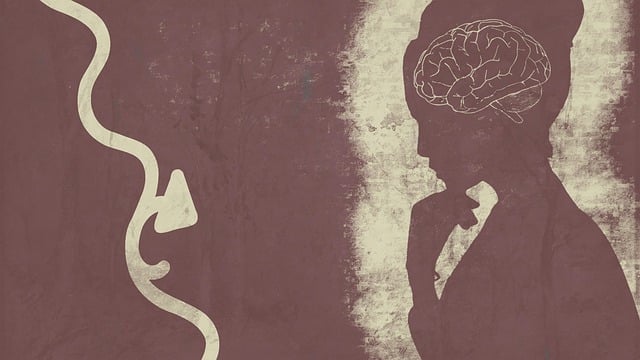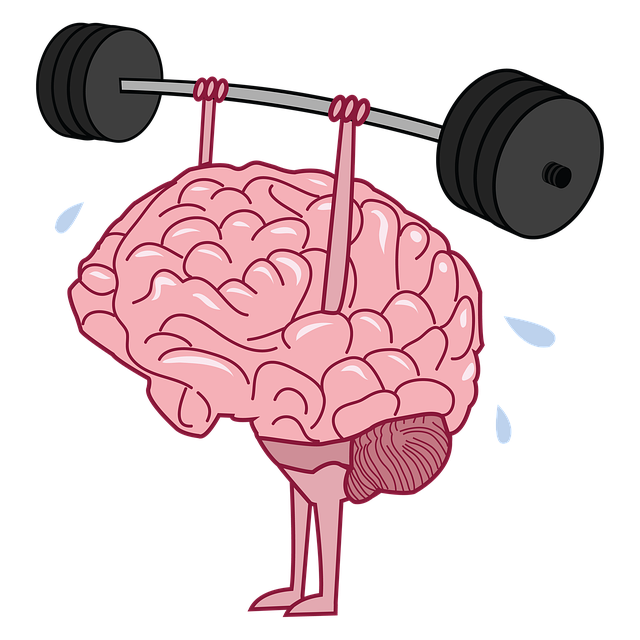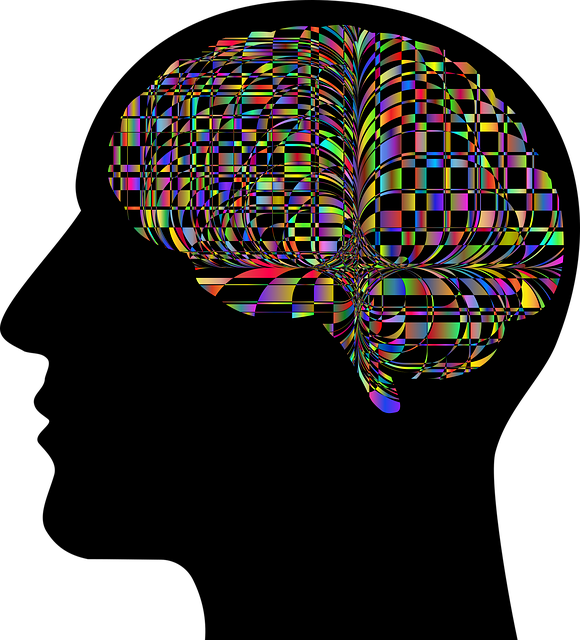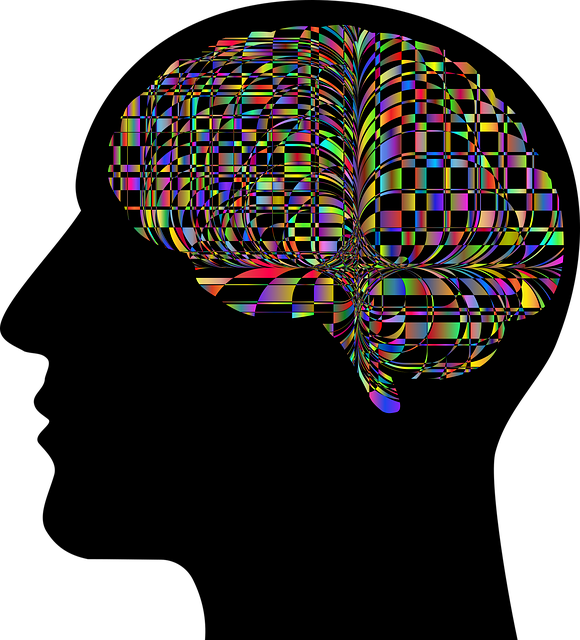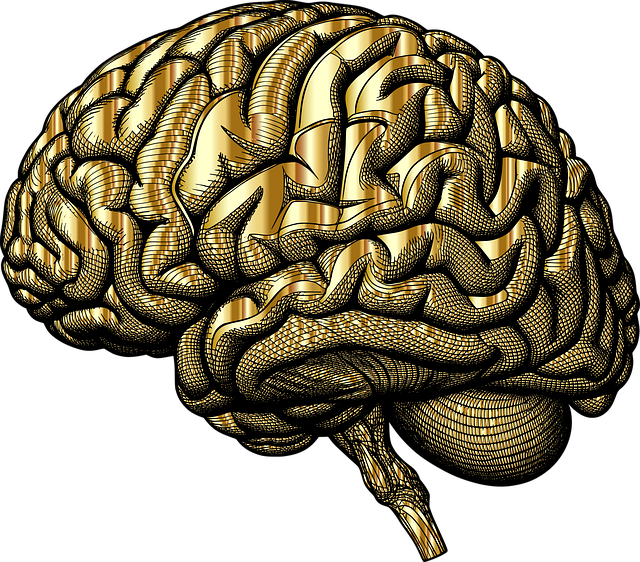Mental wellness journaling is a private, powerful tool tailored for adolescent teens to improve their mental health (Therapy for Adolescent Teens). By documenting daily experiences and emotions, teens identify stress, anxiety, and depression triggers (Mental Health Evaluations), track progress over time, and develop emotional management skills through mindfulness meditation. Regular journaling provides a safe space for self-expression, emotion exploration, and psychological insights, promoting resilience, healthy coping mechanisms, and improved mental health evaluations. Community outreach programs incorporating journaling can create supportive networks enhancing positive mental health outcomes. A structured routine, with 15-30 minutes daily in a quiet space, starting with a date and theme, aids emotional well-being and tracks progress, key components of therapy.
Mental wellness journaling is an empowering tool for adolescent self-discovery and therapy. This article guides teens and their parents through the transformative power of expression, offering a unique approach to navigating mental health evaluations.
We explore the benefits of regular journaling practices, demonstrating how they can enhance emotional awareness and resilience in young minds. Additionally, we provide a step-by-step guide to establishing a structured journaling routine, ensuring a supportive space for teens to process their thoughts and experiences effectively.
- Understanding Mental Wellness Journaling for Teens
- The Benefits of Regular Journaling Practice for Adolescent Mental Health Evaluations
- Creating a Structured Journaling Routine: A Step-by-Step Guide
Understanding Mental Wellness Journaling for Teens

Mental wellness journaling is a powerful tool tailored specifically for adolescent teens to navigate and improve their mental health. Unlike traditional therapy sessions, journaling offers a private space where teens can openly express their thoughts and emotions. This practice encourages self-reflection, helping them identify triggers and patterns that contribute to stress, anxiety, or depression. By jotting down daily experiences, feelings, and even coping skills developed, teens gain valuable insights into their emotional well-being.
Through mental wellness journaling, adolescents can track their progress over time, especially when incorporated with therapeutic techniques like mindfulness meditation. These exercises not only promote relaxation but also teach them to stay present and manage intense emotions effectively. Regular engagement in this practice fosters resilience, empowering teens to take an active role in their mental health evaluations and overall well-being.
The Benefits of Regular Journaling Practice for Adolescent Mental Health Evaluations

Regular journaling practice has been shown to offer significant benefits for adolescent mental health evaluations. By providing a safe and private space for self-expression, teens can explore their emotions, thoughts, and experiences in a structured manner. This therapeutic process encourages introspection, allowing young individuals to gain valuable insights into their psychological state. Through consistent reflection, they can identify patterns, triggers, and potential sources of stress or anxiety, which is crucial for early intervention and prevention strategies like depression prevention.
Incorporating mental wellness journaling into self-care routine development fosters resilience and emotional intelligence. It enables adolescent teens to process complex feelings, promote healthy coping mechanisms, and enhance overall well-being. Moreover, community outreach program implementations that encourage journaling can create supportive networks where young people feel heard and understood, further contributing to positive mental health outcomes.
Creating a Structured Journaling Routine: A Step-by-Step Guide

Creating a structured journaling routine can be a powerful tool for adolescent teens navigating their mental health journey. It’s a personal space to explore emotions, reflect on experiences, and track progress—all essential aspects of therapy. Start by setting aside 15-30 minutes daily for this practice. Choose a quiet, comfortable space where you won’t be disturbed. Begin each entry with a date and a clear theme or prompt (e.g., “Today’s Gratitude List” or “Challenges Faced and Overcome”). This structure helps in organizing thoughts.
Use this time to write freely about your feelings, concerns, or achievements. Incorporate mental illness stigma reduction efforts by normalizing emotions and experiences; know that many teens face similar struggles. Consider using prompts related to emotional well-being promotion techniques, like identifying positive moments or practicing self-care. Regular journaling can be a profound aid in mental wellness evaluations, helping you understand yourself better and gain insights that support your overall emotional health.
Mental wellness journaling can be a powerful tool for adolescents to navigate and improve their mental health. By integrating this practice into their daily routines, teens can gain valuable insights, process emotions, and develop coping strategies. The benefits extend beyond self-awareness; regular journaling also enhances emotional intelligence and can support professional mental health evaluations by providing comprehensive, personal data. Through structured guidance, any teen can harness the transformative power of writing as a means to foster resilience and overall well-being, making it an effective therapy for adolescent mental health evaluations.
